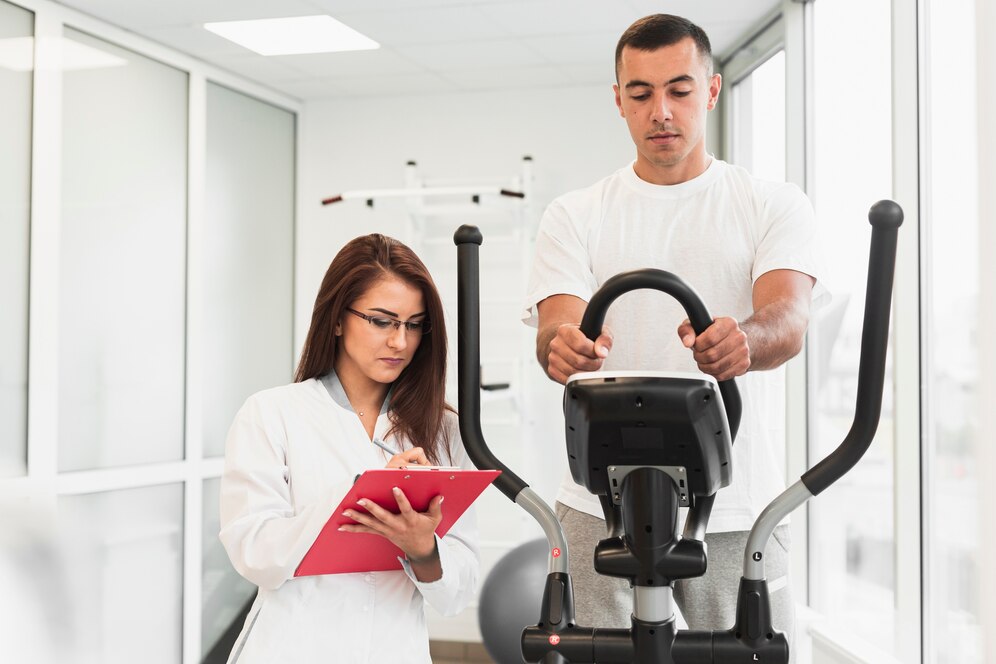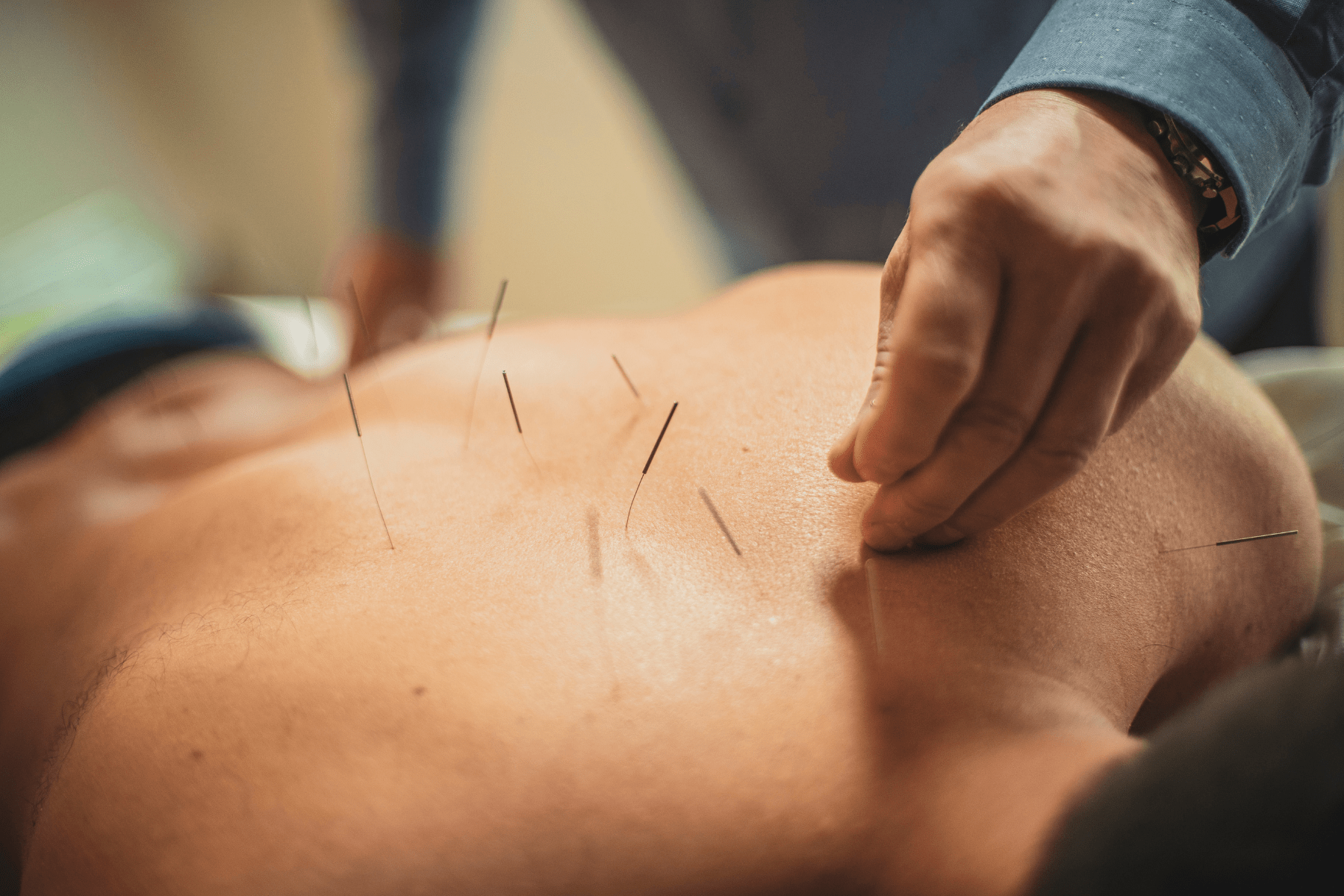
Why is Physiotherapy Not Working For You? Here Are the Top Reasons
- Fri Jun 28

Intramuscular Stimulation (IMS) is a specialized technique gaining popularity in the realm of physiotherapy and pain management. Developed by Dr. Chan Gunn, IMS involves the use of acupuncture needles to target tight bands of muscles, known as trigger points, to alleviate pain and improve muscle function. This innovative approach has shown promising results in treating various musculoskeletal conditions, offering patients a non-invasive and effective alternative to traditional therapies. Find out what Intramuscular Stimulation entails and how it is used in physiotherapy practice.
Understanding Intramuscular Stimulation (IMS): Intramuscular Stimulation (IMS) is a form of dry needling therapy that focuses on treating myofascial pain syndromes and neuromuscular dysfunction. The technique involves the insertion of thin acupuncture needles into specific trigger points within the muscles, aiming to release tension, improve circulation, and restore normal muscle function.
Identification of Trigger Points: The first step in Intramuscular Stimulation is identifying trigger points within the muscles. Trigger points are hyperirritable spots or knots within the muscle tissue that can cause localized pain, referred pain, and muscle dysfunction. These trigger points often develop as a result of overuse, injury, poor posture, or muscle imbalances.
Precise Needle Insertion: Once the trigger points are identified, acupuncture needles are inserted directly into the affected muscles. The needles used in IMS are thin and solid, unlike the hollow needles used in traditional acupuncture. The insertion of needles stimulates sensory nerve fibers, causing a reflex relaxation response in the muscles and promoting the release of endorphins, the body’s natural pain-relieving chemicals.
Trigger Point Release: As the needles are inserted into the trigger points, patients may experience a sensation known as a “twitch response.” This involuntary twitching or contraction of the muscle indicates the deactivation of the trigger point and the release of tension within the muscle fibers. The needles remain in place for a short duration, typically ranging from a few seconds to several minutes, depending on the individual’s response and the therapist’s discretion.
Therapeutic Effects: The therapeutic effects of IMS include pain relief, improved muscle flexibility, enhanced circulation, and restoration of normal muscle function. By targeting trigger points directly, IMS helps reduce muscle tension, alleviate pain, and promote healing within the affected tissues. Additionally, IMS can improve joint mobility, posture, and overall musculoskeletal function, leading to enhanced movement efficiency and performance.
Treatment of Chronic Pain Conditions: Intramuscular Stimulation is particularly effective in treating chronic pain conditions, such as myofascial pain syndrome, fibromyalgia, chronic low back pain, neck pain, and tension headaches. By releasing trigger points and restoring muscle balance, IMS helps alleviate pain and improve functional capacity, enabling individuals to participate in activities of daily living with greater ease and comfort.
Rehabilitation of Musculoskeletal Injuries: IMS is commonly used as part of rehabilitation programs for musculoskeletal injuries, including sports injuries, strains, sprains, and overuse injuries. By addressing underlying muscle imbalances and dysfunctional movement patterns, IMS complements other physiotherapy modalities, such as exercise therapy, manual therapy, and electrotherapy, to facilitate optimal recovery and prevent recurrence of injuries.
Management of Neuromuscular Disorders: Intramuscular Stimulation can also be beneficial for individuals with neuromuscular disorders, such as peripheral neuropathy, radiculopathy, and motor neuron diseases. By targeting motor points and neuromuscular junctions, IMS helps improve neuromuscular communication, reduce muscle spasticity, and enhance motor control, leading to improved functional abilities and quality of life.
Conclusion: Intramuscular Stimulation (IMS) offers a targeted and effective approach to treating musculoskeletal pain and dysfunction, utilizing acupuncture needles to release trigger points and restore normal muscle function. As a valuable tool in physiotherapy practice, IMS can help individuals overcome chronic pain conditions, rehabilitate musculoskeletal injuries, and manage neuromuscular disorders, ultimately promoting optimal function and well-being. If you’re experiencing musculoskeletal pain or dysfunction, consider exploring Intramuscular Stimulation as part of your comprehensive physiotherapy treatment plan, or call us to book an appointment.